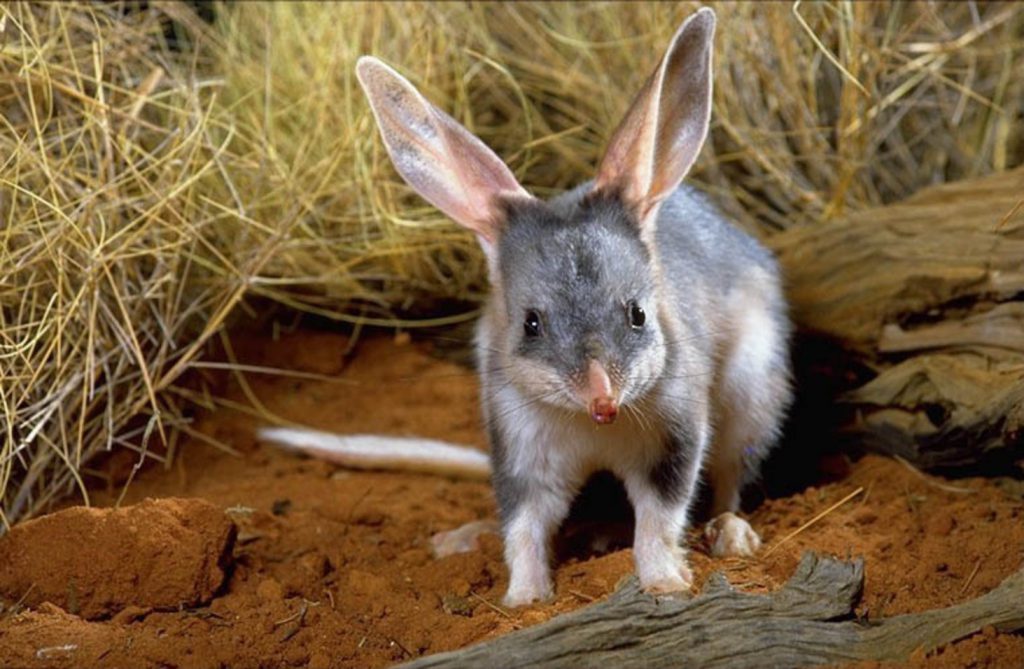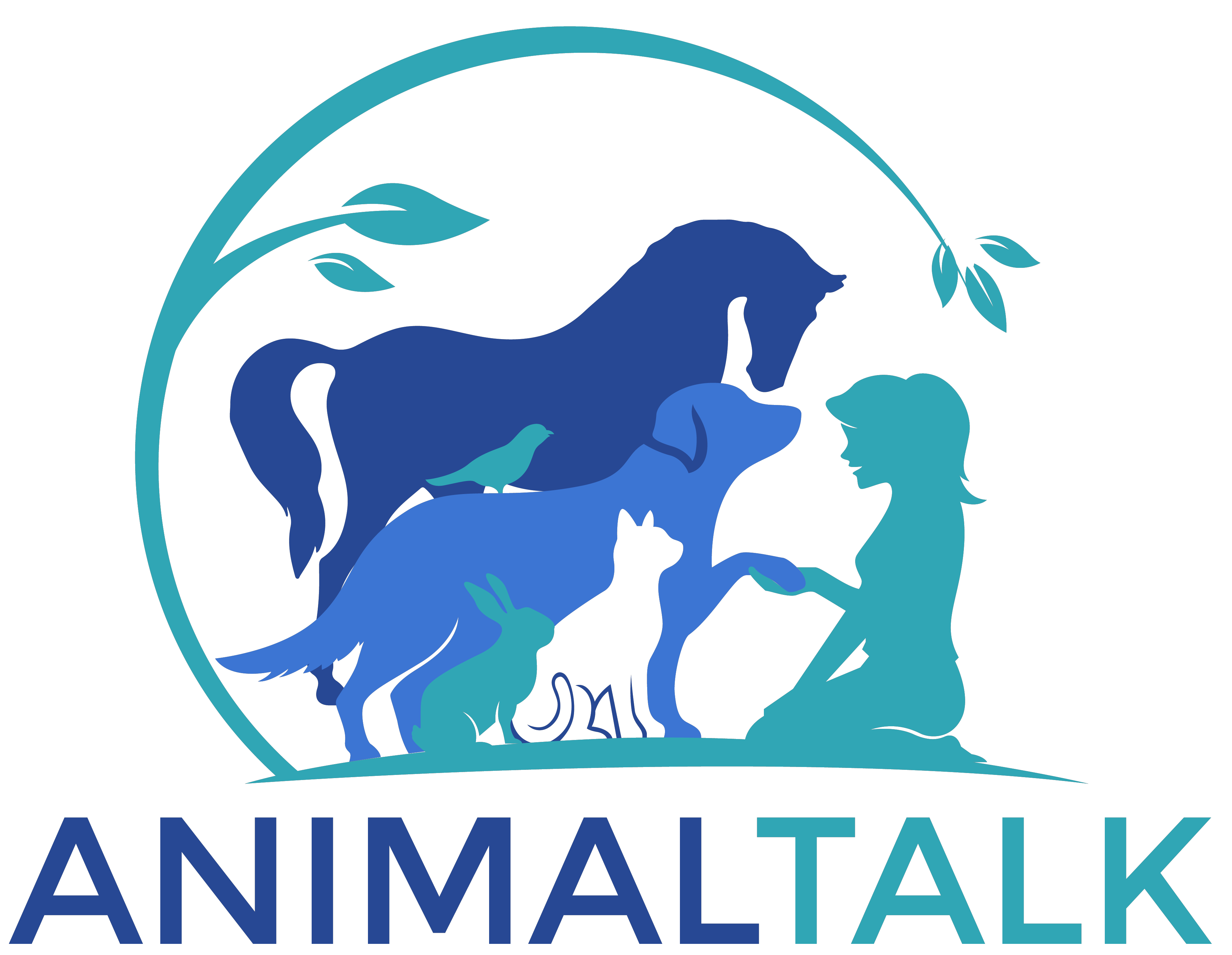No products in the cart.

[vc_row][vc_column][vc_column_text]There are many activists, scientists and volunteers working to preserve our planet and its inhabitants. Conservation foundations including our own Animal Talk Foundation work tirelessly towards the rescue, rehabilitation, and release of Australian wildlife back into safe and thriving regions around Australia. So this month I wish to highlight the success that comes from conservation. The Greater Bilby is a species iconic for endangered and extinct Australian animals. Less than 20% of wild Bilby populations live in feral-free sanctuaries in New South Wales and South Australia. The Australian Wildlife Conservancy has successfully reintroduced Bilbies into the Mt Gibson feral-free sanctuary in Western Australia. This is a momentous milestone for the species, proving that the efforts of conservation are well worth fighting for.The Greater Bilby is a nationally threatened species.
Key Facts
- The Bilby has disappeared from more than 80% of its former range.
- The current Bilby population is estimated to be less than 10,000 animals, clinging to survival in mostly remote and isolated colonies in arid Australia.
- The Bilby population continues to decline – the greatest threat to the Bilby is feral cats and foxes.
- Around 15% of the wild Bilby population lives on AWC properties (Scotia, Yookamurra and now Mt Gibson) in large feral-cat free areas.
- The December 2016 translocation of 16 Bilbies from Scotia (NSW) to Mt Gibson (WA) is historic because it represents the return of the species to south-western Australia after an absence of several decades. Mt Gibson contains the largest feral predator-free area on mainland Western Australia.
- AWC projects, including Mt Gibson, are set to increase the Bilby population by 70% (7,000 animals) over the next 5 – 10 years.
Watch Today Tonight’s coverage of the story here
After months of planning and preparation, AWC ecologists and volunteers at Scotia successfully caught a number of Bilbies through the use of cage-traps, spot-lighting and hand-netting. The animals underwent a health check and had a small radio-transmitter attached to their tails to allow their movements to be monitored post release at their new home.[/vc_column_text][us_single_image image=”8258″ size=”full” align=”center”][vc_column_text]AWC ecologist fits radio-transmitter to a Bilby’s tail
Upon arrival at Mt Gibson, the Bilbies underwent additional checks before being released, after dark, into Western Australia’s largest mainland feral free area. The movements of the Bilbies are now being monitored by regular radio-tracking. Initial results suggest the Bilbies have settled in well to their new home, which contains ideal Bilby habitat (soft soil for burrowing and a mix of shrubland and woodland – Salmon/York Gum – vegetation). Importantly, the release site at Mt Gibson is within the largest feral cat-free area on mainland Western Australia, measuring 7,800 hectares and incorporating 43km of fence-line.[/vc_column_text][vc_row_inner][vc_column_inner width=”1/2″][us_single_image image=”8259″ size=”full” align=”center”][/vc_column_inner][vc_column_inner width=”1/2″][us_single_image image=”8260″ size=”full” align=”center”][/vc_column_inner][/vc_row_inner][us_separator type=”invisible” size=”small”][vc_column_text]The new residents arrive by plane to their 7,800 hectare feral cat-free home at Mt Gibson Wildlife Sanctuary
AWC currently protect around 15 percent of the remaining Bilby population, and the translocation of Bilbies to Mt Gibson will help grow the global population by 6%. This provides an important step in restoring Bilby populations across Australia and is part of AWC’s national plan to increase the population of Bilbies by 70% (7000 individuals) over the next decade.[/vc_column_text][us_separator type=”invisible” size=”small”][us_single_image image=”8261″ size=”full” align=”left”][us_separator type=”invisible” size=”small”][vc_column_text]AWC ecologist releases Bilby into 7,800 hectare feral cat-free area at Mt Gibson Wildlife Sanctuary
The Bilby population across Australia has suffered a catastrophic decline in the last 150 years (and it is now extinct across 80% of its former range), with feral predators (cats and foxes) being the greatest threat to their existence. The Bilby was once found from the Great Dividing Range in eastern Australia to the Swan Coastal Plain and Jarrah forests in southwestern Australia, but is now confined to small, isolated populations in the arid interior.[/vc_column_text][us_separator type=”invisible” size=”small”][us_single_image image=”8262″ size=”full” align=”left”][us_separator type=”invisible” size=”small”][vc_column_text]A Bilby off to explore its new habitat at Mt Gibson Wildlife Sanctuary after being translocated from Scotia Wildlife Sanctuary
This translocation forms part of the Mt Gibson Endangered Wildlife Restoration Project, which involves reintroducing nine of Australia’s most endangered mammal species to Mt Gibson, including the Bilby, Numbat, Woylie, Western Barred Bandicoot, Shark Bay Mouse, Red-tailed Phascogale, Greater Stick-nest Rat, Banded Hare-wallaby and Chuditch.
– See more at: http://www.australianwildlife.org/field-updates/2016/bilby-translocation-to-mt-gibson-wildlife-sanctuary.aspx#sthash.FgMJCqro.dpuf[/vc_column_text][/vc_column][/vc_row]
